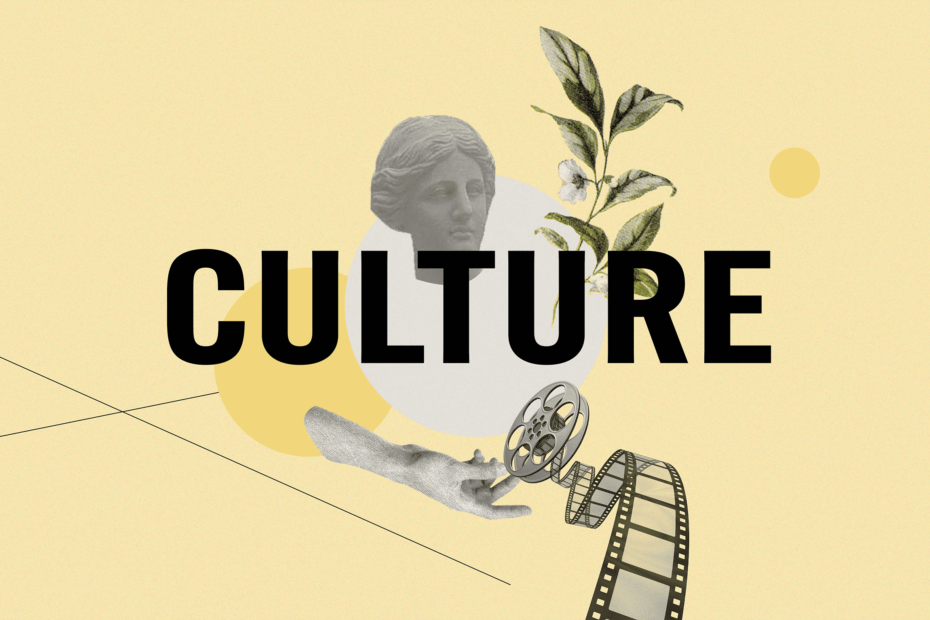A previous version of this article featured an illustration which was not properly credited to its original artists. The Daily regrets this mistake.
Canada’s Indigenous population is more than twice as likely to experience food insecurity than other Canadians. Indigenous people have lived in Canada for 12,000 years. Despite being the first people to live in Canada, they are now some of the least fortunate due to European colonization and ongoing settler-colonialism from the Canadian government. Colonization has been heavily detrimental to the culture and sustainability of Indigenous people. Cultural erasure, government control, and insufficient funding have all contributed to the difficult circumstances Indigenous people now face. This historical and systemic inequity and abuse of Indigenous people by Canada has led to severe unavailability of basic resources like food and water.
Over the past centuries, power has systematically been taken away from Indigenous people. These groups have all experienced extreme marginalization and abuse which has resulted in struggles that impact their health and safety
Since the beginning of European colonization, there have been active attempts to eliminate Indigenous cultures. The Indian Act of 1876 was a significant component of this. In the passing of this act, the Canadian Government took control of policy regarding Indigenous people, resources on reserves, housing, and health services – essentially taking away any sovereignty the Indigenous peoples had. This act was an attempt to ‘assimilate’ Indigenous people into Canadian life and culture, and essentially eradicate the cultures they already had. Residential schools, which ran from 1831 to 1996, were intended to ‘educate’ Indigenous children by ‘civilizing’ and Christianizing them. The instruction at these schools was insufficient for any standard of living, with studies focused on religion, basic household skills, and nothing educationally advanced. Students were also not permitted to acknowledge or practice their own cultures or languages. These schools limited the knowledge of Indigenous children while also preventing and actively prohibiting them from learning their cultural history and way of life. In addition, Indigenous children were fed foreign food of insufficient quantity or quality, rather than their cultural meals and diet, often leading to malnutrition and starvation.
Indigenous peoples’ self-sufficient meal preparation knowledge, harvesting and environmentally-respectful agriculture is still being impacted by the Canadian government’s policies. Additionally, the living conditions designated to them by the government are overpriced and unlivable.
The water on many Indigenous reserves is not safe to drink. Contaminated water systems have made it incredibly difficult for Indigenous people to access this basic necessity. The Canadian government has committed to resolving this issue. According to the Government of Canada, 143 long-term drinking water advisories have been lifted since 2015 and today there are only 28 still in effect. Though much progress has been made, 26 reserves that are still impacted by this contaminated water need safe water as well. Initiatives like The Council of Canadians are advocating for an increase in government funding towards the repair and maintenance of the water systems on reserves, citing $138 million in annual funding required to cover these costs.
On top of the unsafe water conditions, the cost of basic necessities like food is much higher. With Indigenous reservations being located in remote areas, food transportation is required which greatly increases prices. For instance, the average monthly expenditure for food in Attawapiskat is $1,909, more than double the $846 average monthly expense in Toronto, according to a 2016 report by Food Secure Canada. Though these higher prices are the result of the geographical location of the reserves, they could be improved by Indigenous people farming and hunting for their own foods. However, with very little sovereignty, this option is unattainable. Policy-based and physical barriers make it very difficult for Indigenous peoples to hunt and prepare their traditional foods. “Almost half of on-reserve First Nations households were food insecure and the prevalence was higher than that for non-Indigenous households in Canada,” determined a study from 2008-2018.
There are many initiatives supporting and raising money to fight Indigenous food insecurity and unsafe water. However, there appears to be limited or insufficient intervention from the Canadian government itself, the organization that is primarily responsible for these issues existing in the first place. If the government were to allocate funding to decrease prices of foods, encourage Indigenous consumption of cultural foods, expand Indigenous sovereignty, and maintain reserve water systems, Indigenous food insecurity could be significantly reduced.
